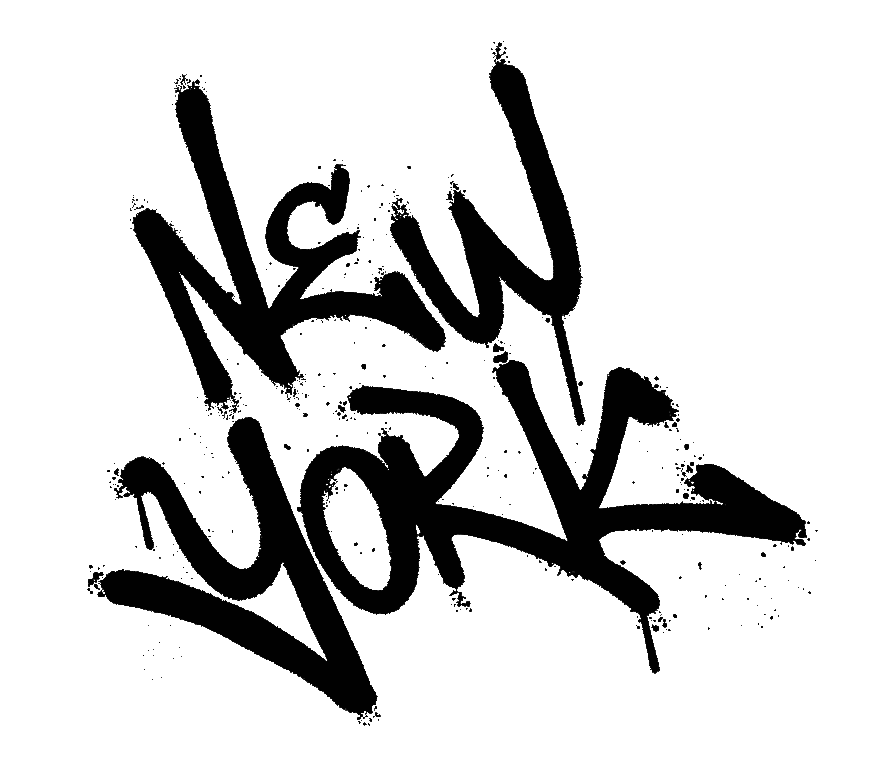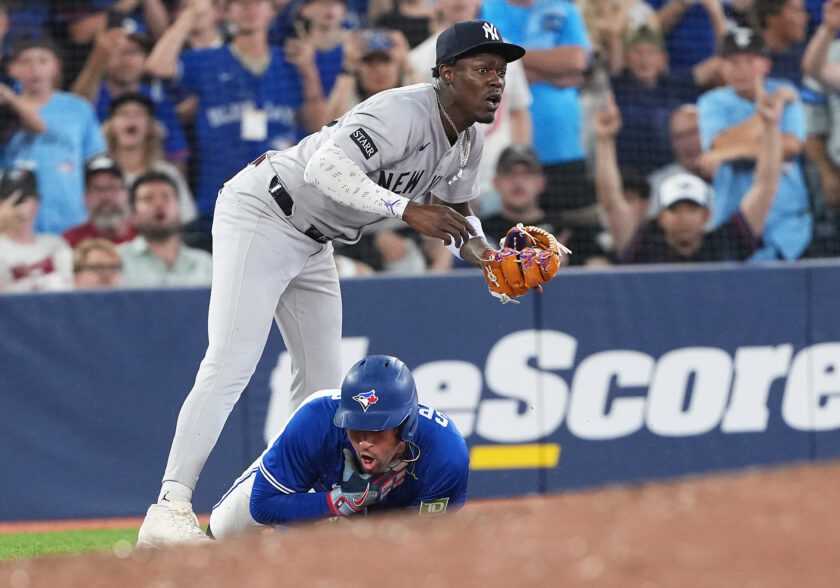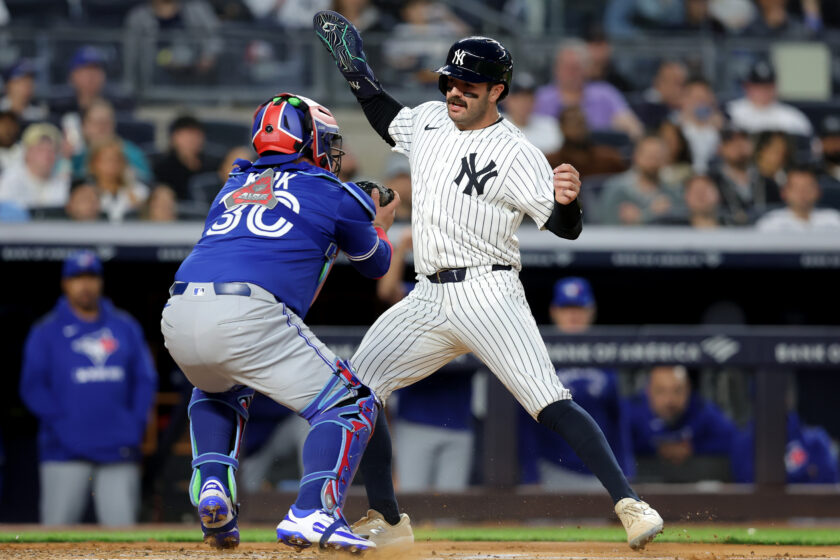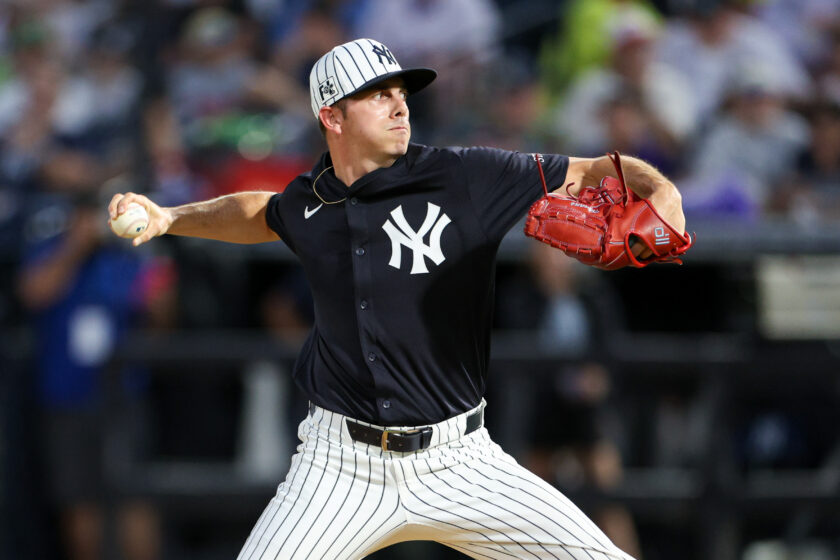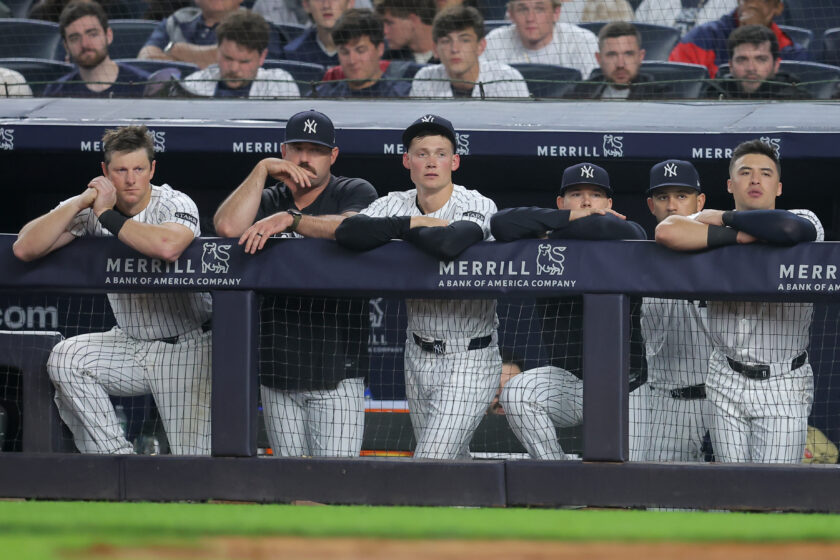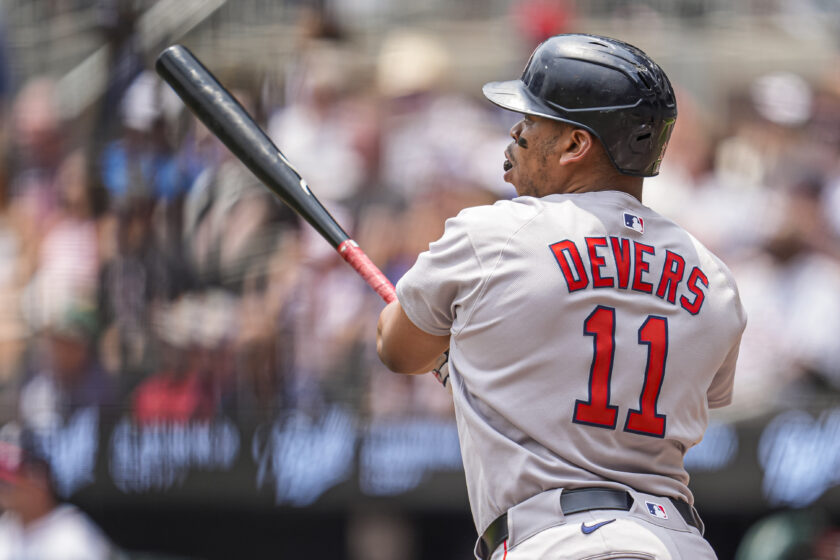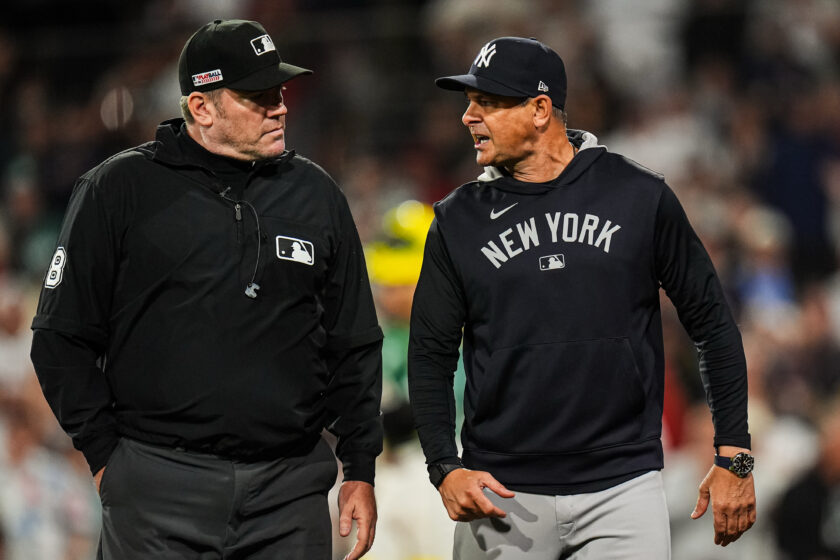Yankees solid planning makes future payroll look brighter than ever
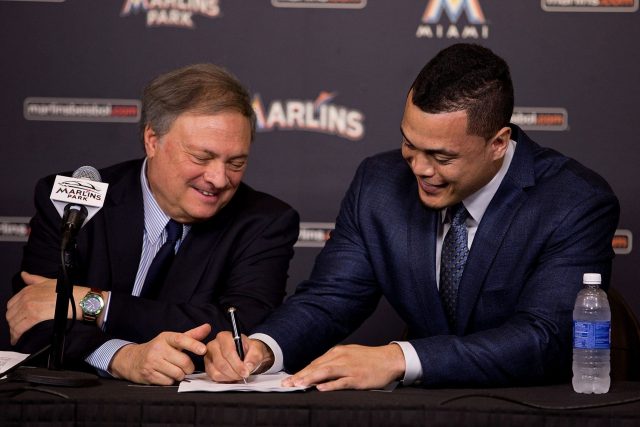
All of the Yankees’ hard work and planning to reduce their player payroll to a reasonable level will pay off beginning as soon as the 2019 season. In fact, with the same personnel they have now, the Yankees payroll could be around $129 million. Who would have thought?
At some point, the New York Yankees will be forced to pay their Baby Bombers fair market value when they reach free agency. But between now and then, the organization has created a financial juggernaut that should send chills down the spines of their competitors.
Beginning in 2019, as recorded by Baseball Reference, the Yankees will have 10 of the 25 players currently on the active roster in arbitration eligibility status. That list includes players like Sonny Gray, Greg Bird, Aaron Hicks, and Luis Severino, just to name a few.
Brett Gardner and David Robertson will be free agents in 2019, and by 2020, Gray, Bird, Hicks, Tommy Kahnle, and Austin Romine will reach free agency. And in 2020, all of the Baby Bombers, including Aaron Judge and Gary Sanchez, will be in their first arbitration season.
[sc name=”Yankees Link Related” link=”https://elitesportsny.com/2017/12/12/new-york-yankees-giancarlo-stanton-bryce-harper/” text=”How Stanton puts a hit on Bryce Harper’s free agency plans” ]Baseball Reference puts the Yankees‘ guaranteed payroll for 2019 at $88.3 million, with most of that eaten up by Giancarlo Stanton, Jacoby Ellsbury, and Masahiro Tanaka. They estimate further that the Yankees will pay out about $32.8 million in arbitration salaries, bringing the total payroll to about $129 million.
We understand these numbers are flexible and dependant on the composition of the roster. However, it’s still good enough to sketch a rough drawing for a team that’s been shrewd enough to put themselves in a position where that same flexibility exists.
To highlight this, consider that the Yankees, conceivably, could add Bryce Harper, Manny Machado, and Clayton Kershaw, all of whom will be 2019 free agents, to their roster at $25 million each, and still fall under the luxury tax threshold which, by then, will be over the $200 million mark.
Remember too; once the Yankees get under the luxury tax threshold this year, the rules reset the clock with much lower penalties should they exceed the cap again than they have been paying. Again, the word flexibility comes up as the team could choose to say the hell with it for 2019, go over the cap, then fight again to get under the cap in 2020, bouncing around, but still within the confines of the rules.
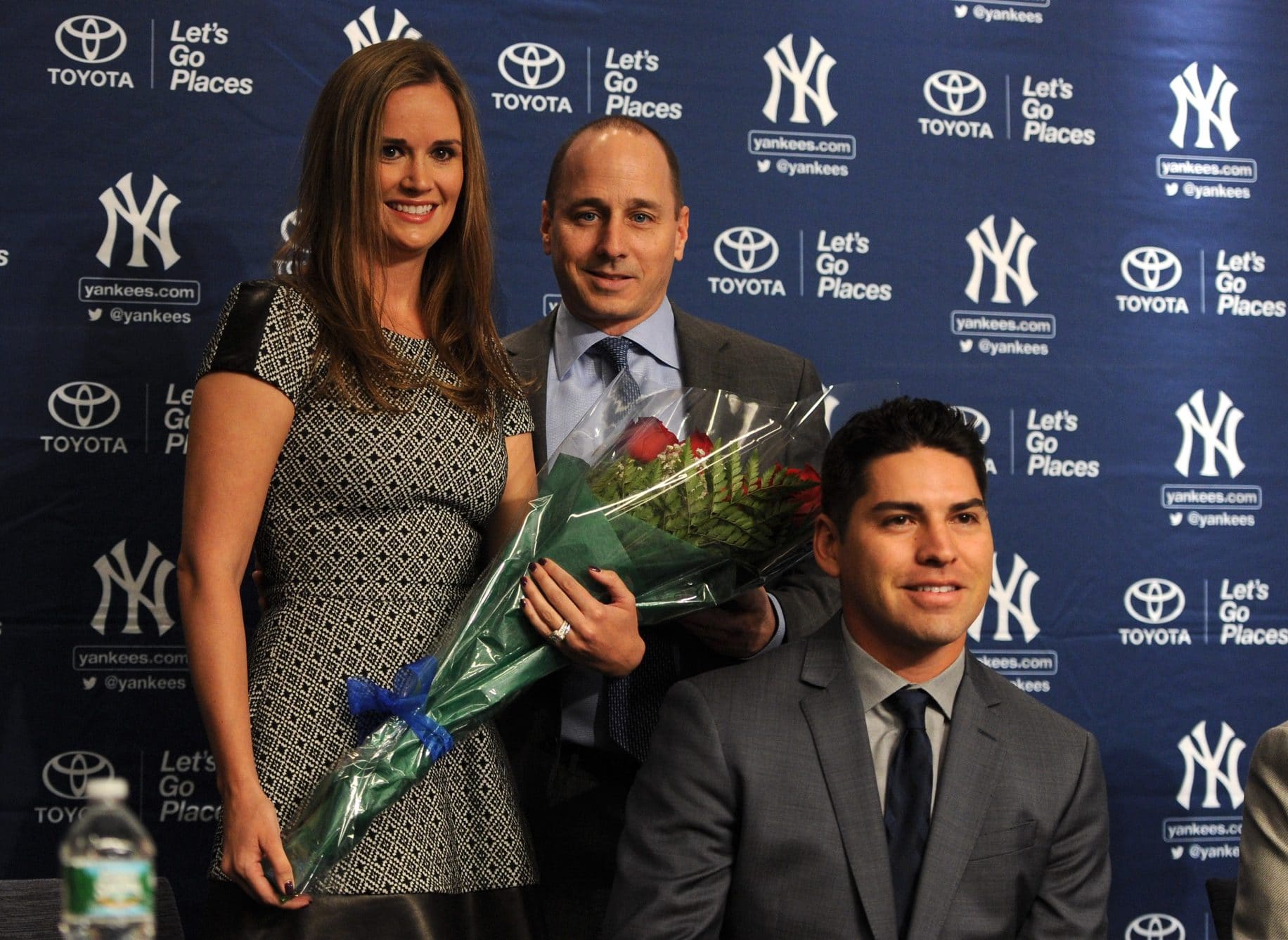
If they go that route, the Yankees could then pay Kershaw and Harper the $30 million per year they will probably command, or backend their contracts with more significant numbers towards the end.
This might explain too, why Brian Cashman is concentrating so hard on getting rid of Ellsbury’s contract, or at least a good portion of the monies owed before 2021 when the Yankees can buy Ellsbury out for $5 million and send him on his way.
The salient point, though, is none of this comes about by accident or chance. Instead, it’s the mark of solid business acumen and knowledge which takes into account the fact that baseball is a unique business. And often, what works well in the real estate or restaurant business has no application when running a franchise in sports.
[sc name=”Yankees Center” ]Conceivably, the Yankees could make mistake after mistake in executing lousy baseball decisions, and still never run out of money. But it’s the mark of a good organization that fights against doing that, thereby separating the Yankees from most of the rest of the pack.
You can have your cake and eat it too, even in the complex world of doing business in baseball. Planning, not only for the present but the near future, provides options. The Yankees have done that, and beginning next year, they will start reaping the rewards.
And by the way, if anyone thinks this might be a veiled message for the New York Mets to digest, you are correct.
[sc name=”Yankees Link Next” link=”https://elitesportsny.com/2017/12/16/new-york-yankees-is-babe-ruth-all-hes-really-cracked-up-to-be/” text=”Is Babe Ruth all he’s cracked up to be?” ] [sc name=”Yankees Section” ]A fan of the Yankees for more than a half-century, the sport of baseball and writing about it is my passion.
Formerly a staff writer for Empire Writes Back, Call To The Pen, and Yanks Go Yard, this opportunity with Elite Sports NY is what I have been looking for.
I also have my own website titled Reflections On New York Baseball.
My day job is teaching inmates at a New York State prison. Happily married with five grandchildren. Living in Catskill, New York.
